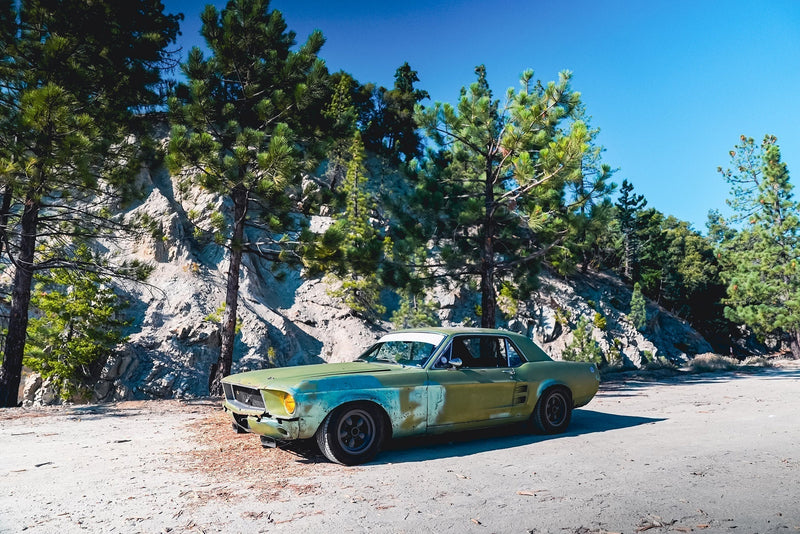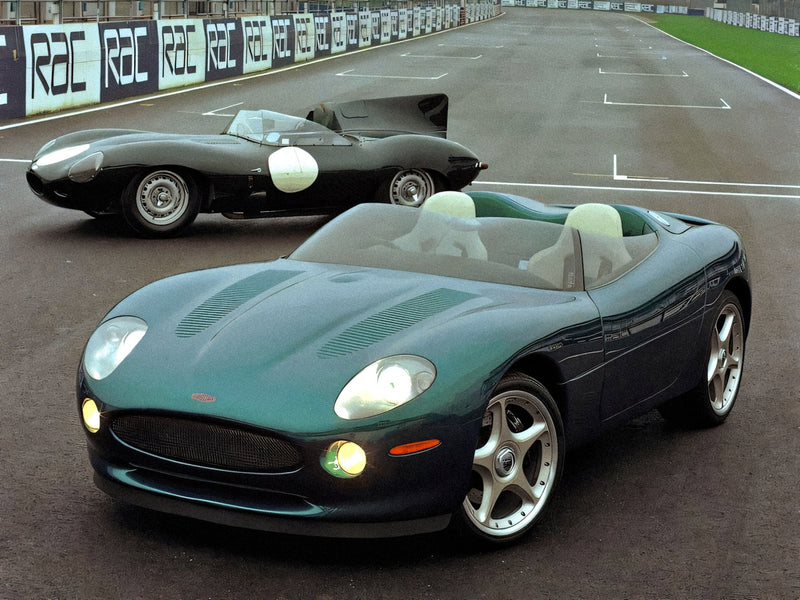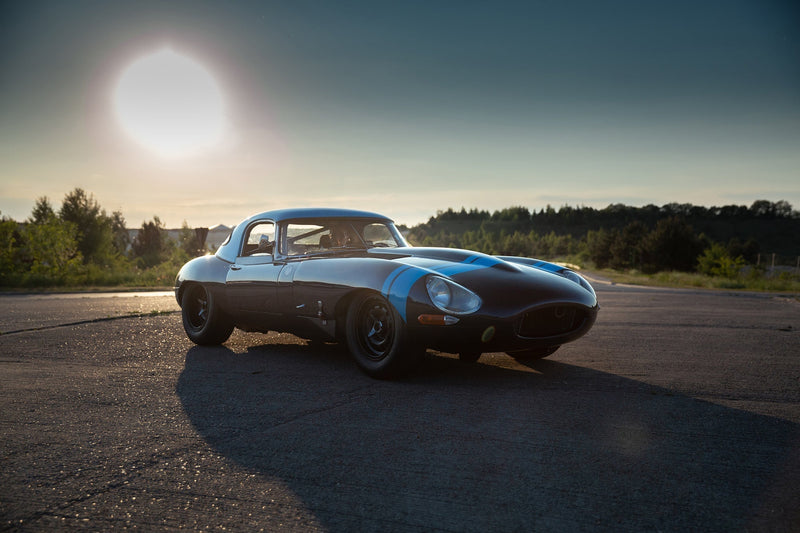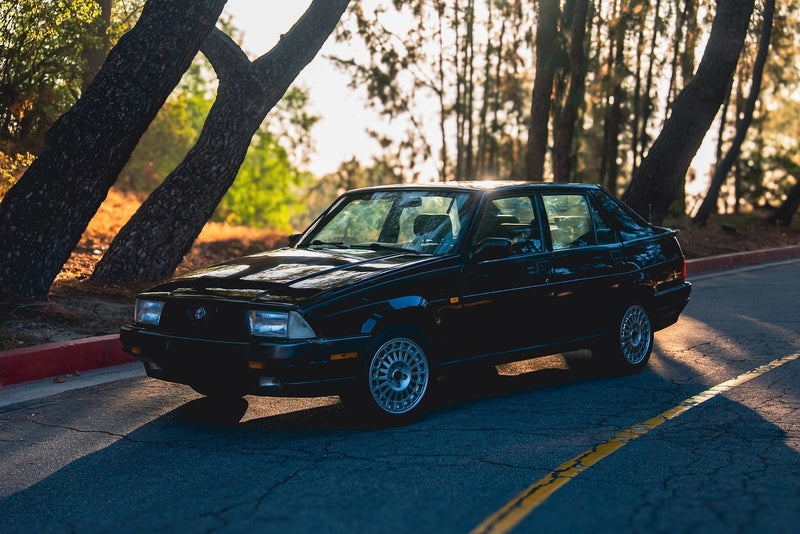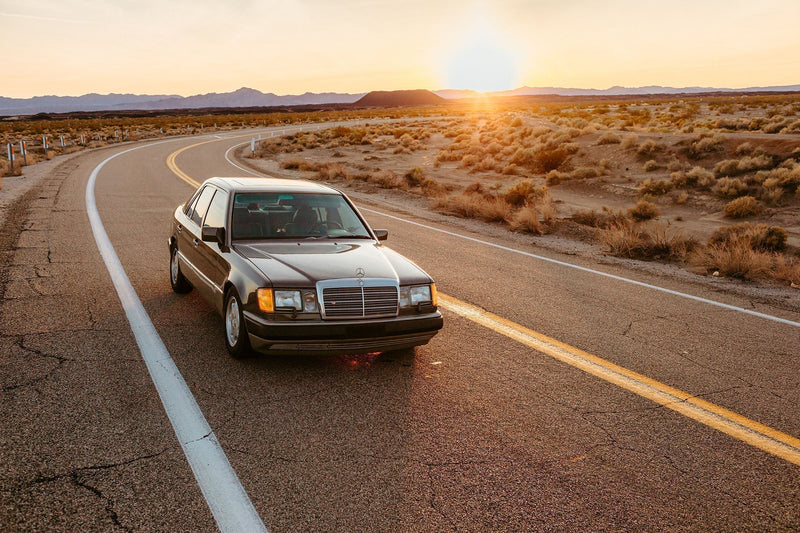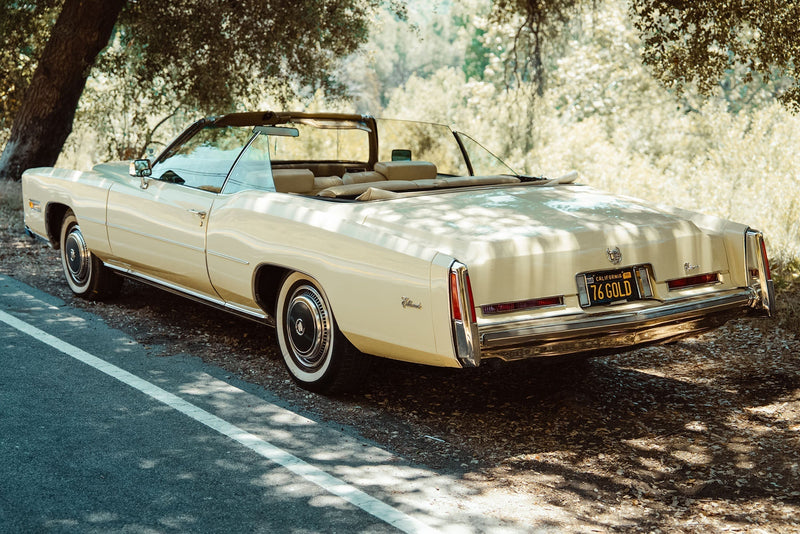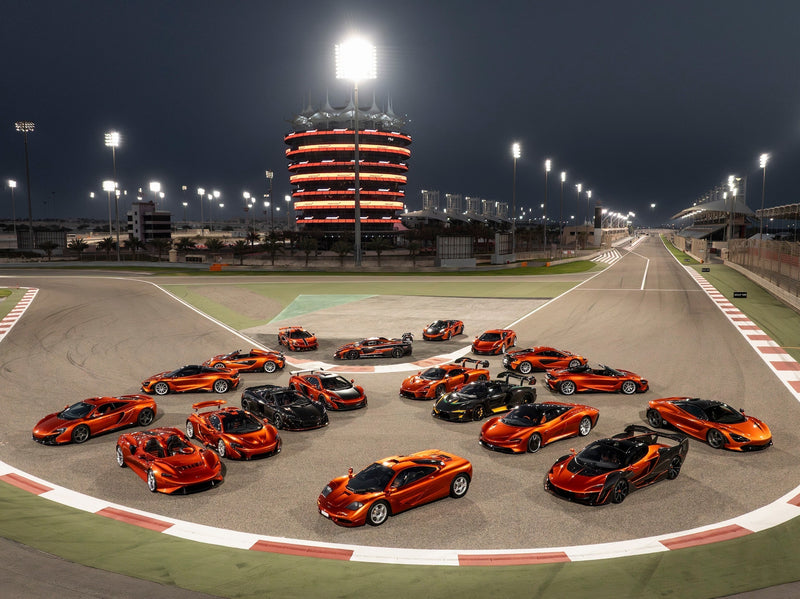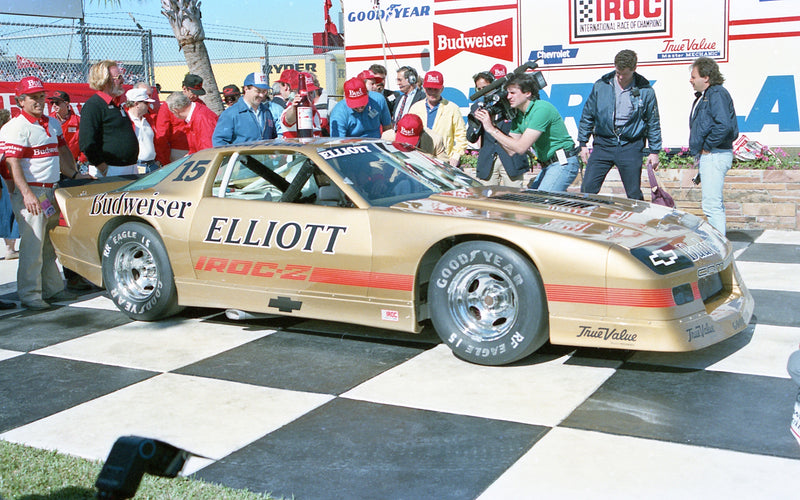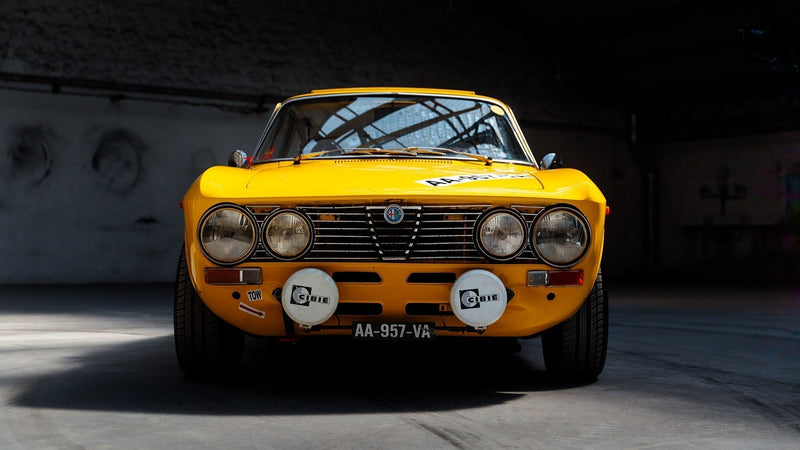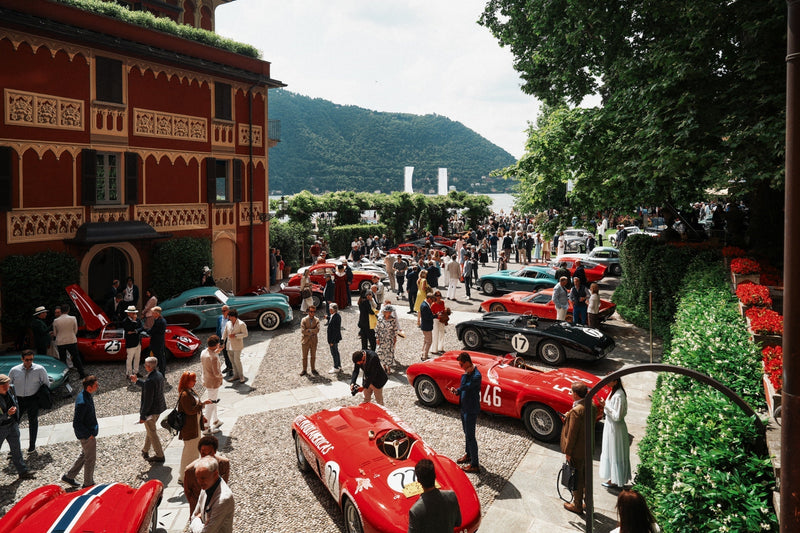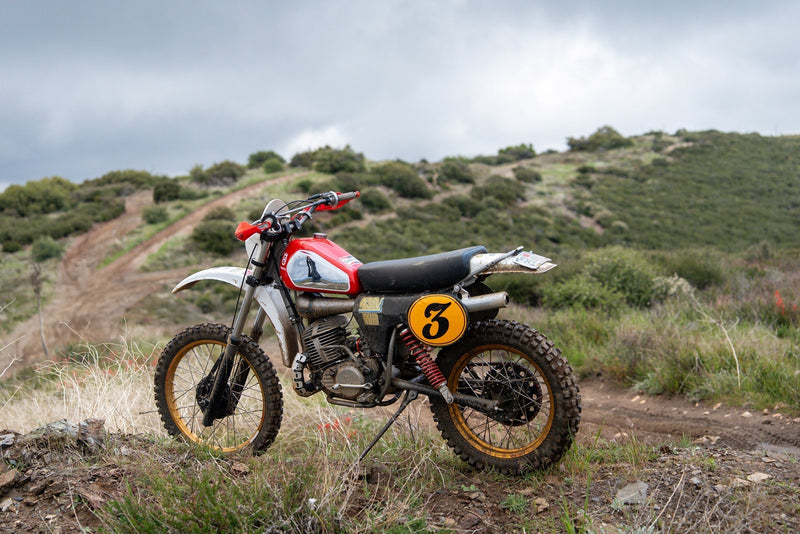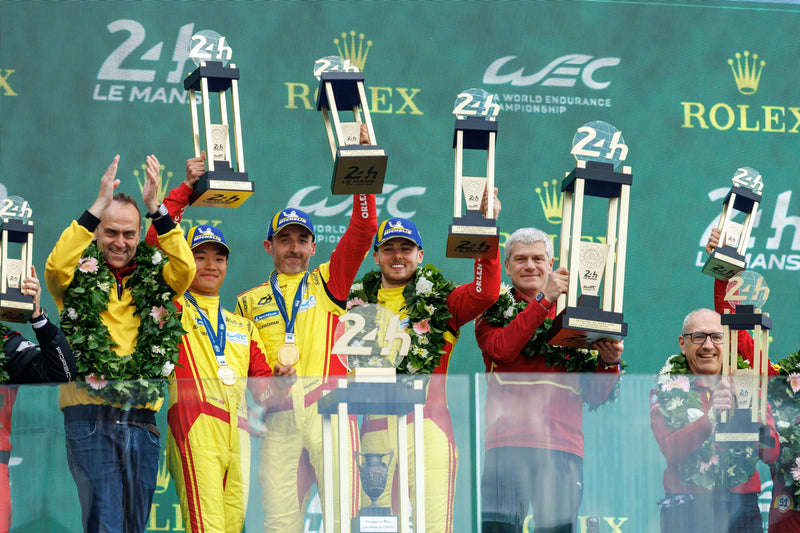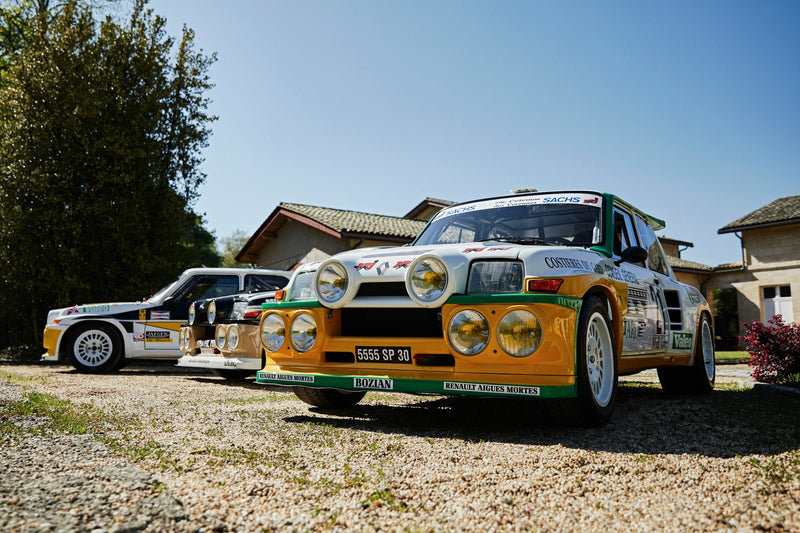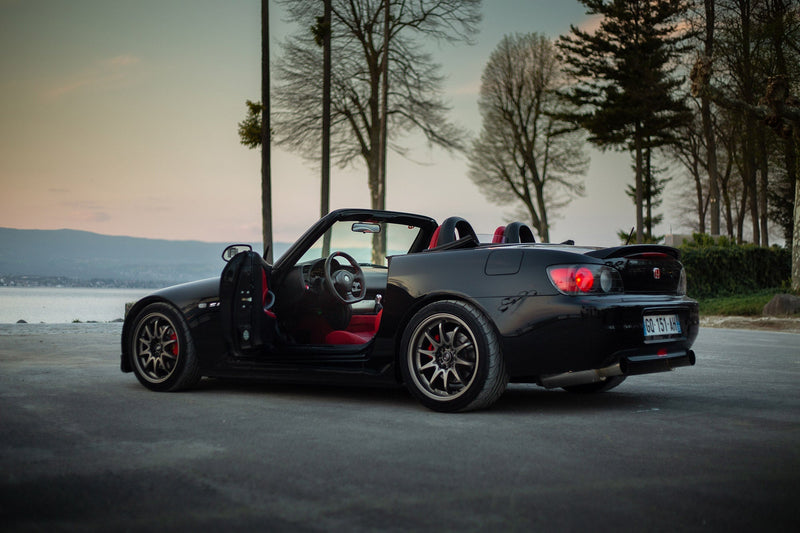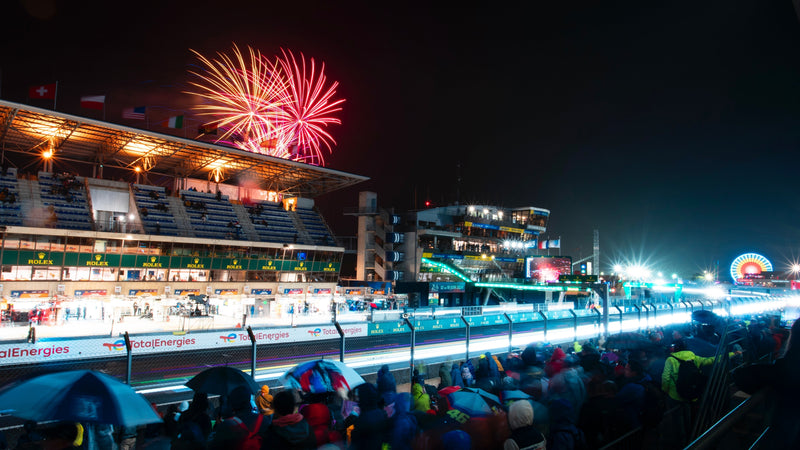
An example of this passion was seen in Federico Bonomelli, founder of Mako Shark, based in the small town of Dolzago, in Italy's Lecco Province. Bonomelli heads the forty-person manufacturing lab that produces carbon fibers for the aeronautical, military, marine and automobile industries, but being a leader in the industry simply isn't enough for Bonomelli. His enterprising spirit extends well beyond that. Not long ago, amid the press molds, water jet mills, and lab testing equipment, Bonomelli was consumed by a passion, and that passion had a marque—it was the Iso Rivolta.
Bonomelli was determined revisit a 20-year-old project that had fallen by the wayside in order to resurrect the king of all creatures: the Iso Rivolta Grifo. Tapping into Mako Shark’s technical know-how and getting the blessing from Piero Rivolta, the automobile manufacturer’s heir, he was able to re-launch that rare and legendary machine.
Combining Italian Style with American Power Best known for the iconic Isetta bubble car, the Iso Rivolta car company sadly closed its doors in 1974 after over three decades of success. It simply wasn’t poised to survive the previous year’s devastating energy crisis or the Arab Oil Embargo.


Yet, the dream lived on. In 1991, Piero Rivolta was ready for a comeback with a new car: the Iso Grifo 90. Rivolta had all the ingredients in place for a return in grand style: a Chevy Corvette 5.7 engine tuned by Callaway (with twin turbos), a tubular steel chassis frame, a 5-speed gearbox, rear-wheel drive design by Marcello Gandini, and the prospect of 200 cars manufactured every year in the Apulia region. But the recession hit, the promises of government funding never materialized, and the initial excitement was followed by a disappointing silence. Rivolta never got the Grifo 90 beyond a wooden styling buck.
In 2002, Bonomelli located the Grifo 90 mock-up in a Tuscan car collection and set out to make it a reality. The styling of the bodywork work was complete but tried and tested mechanicals had to be sourced in order to keep down production times and cost. So the Mako Shark team decided instead to build the machine on a Corvette Z06 (a 7 liter V8 LS7 engine delivering over 510 bhp) with a few modifications: uprated suspension, widened track, and a bespoke exhaust system.
Then the team did what it does best – they manufactured a sleek and stylish body, including all the shell fittings, in carbon fiber. In the early months of 2010, the Grifo 90 finally arose from its 20-year slumber.
It was a staggering, stylistic triumph of sharp edges and stretched panels vaguely reminiscent of the 1973 Varedo - the last Iso Rivolta model ever made. Though perhaps not quite a masterpiece in design, still the Grifo definitely sports a unique personality: a long sleek nose section, an immense tail end (210 cm or almost 7 feet wide) and sides wide out of all proportion. But above all else, it is stinking fast!
Mystical and drool-worthy in style, the Grifo must be driven to be fully appreciated. Its Corvette V8 has a full, deep, ungainly and powerful sound with numerous mechanical “whirrings”. It speaks to you as if in search of dialogue. It commands attention not only with its authoritative voice but also with its unique lines that seemingly extend outwards and take up all the available space on the road. Its extremely high central tunnel wraps around the instrument panel and envelops you in a breathtaking embrace. The rest of the world is drowned out.
There is something “Old World” about the Grifo 90. She can go slowly and pamper you with her rigid set up, short stroke gearshift, and very precise steering. But once you hit the gas, this beast starts to roar with rage and enthusiasm . . . the Grifo propels itself forward violently and slams you right back into the seat.



At 1,200 kg (1.3 tons), the car feels as if it weighs a lot less than its counterparts – a far cry from the 2268 kg (2.5 tons) of a Bentley Continental or even the 1,800 kg (2 tons) of a Maserati Granturismo. It’s poised, responsive, agile . . . you feel sewn into it like a well-fitting suit. It responds to commands candidly and is optimized for performance.
It’s slender, nimble, whizzes around bends and sticks to the road. A modern but classic supercar, Italian but American, tremendously incisive and with a charm that leaves you in contemplative silence each time your gaze falls upon it form.
The Original Beast, Still an Inspiration Flashback to Forte dei Marmi, the pearl of the Italian Versilia coast, July 1967, 11.30 p.m. In front of the fashionable La Capannina restaurant and club, the parking lot was full of Ferraris, Maseratis and Mercedes. But nobody gave them a second glance, that is, once the never-seen-before black coupe arrived. It was an Iso Rivolta Grifo, as exclusive as a Ferrari but built for those with less ostentatious pretentions.
Throughout the 1960s, Iso Rivolta was manufacturing the four-seater GT 300, with a frame engineered by Pierluigi Raggi and Giotto Bizzarrini, coachwork by Bertone from a Giorgetto Giugiaro design, and a V8 Chevrolet Corvette engine. Impressive, no doubt. Yet, Renzo Rivolta was not satisfied. He demanded a lower-slung, sports-orientated model. And so, the Grifo was born.



Launched by Bizzarini at the Turin Motor Show in 1963, the Grifo had two prototypes on display. The Bertone Iso A3/L prototype delivered 300 bhp, was luxurious and well finished. The A3/C prototype was developed by Bizzarrini himself with coachwork designed by Giugiaro and a 405 bhp engine. Though Bizzarini and Rivolta would part ways two years later, still the Grifo lived on for just about another decade.
The top of the range model finally appeared in 1967 - the 390 bhp Grifo 7 litri with a 4-speed transmission (from 1969 onwards there would be a 5-speed as well). Nicknamed The Penthouse, its performance figures were amazing: between 265 and 300 km/h (165 – 185 MPH) depending on the rear axle ratio, from 0 to 100 km/h (0-62 mph), with the lowest ratio, in just 4.5 seconds!
In 1970, the Grifo 7 litri was given a facelift with the introduction of its second series, the IR9. Marcello Gandini had replaced Giugiaro at Bertone and gave the Grifo a new nose - sleeker with hide-away headlights and a one-piece front grill. Two years later, it was the engine’s turn: the Corvette unit was changed for a Ford Cleveland 351 series, enlarged to 7.4 liters delivering 395 BHP and 270 km/h (168 MPH).
Then came its demise: The energy crisis took no prisoners and in 1974 Iso Rivolta made the decision to close for good.
The Iso Rivolta Grifo 7 litri remains one of the best examples of an Italian Gran Turismo car, still able to rival today’s GTs. With a roomy driver/passenger compartment, top-class styling and, above all, a mighty 8 cylinder “yankee” engine, it’s smooth right from low revs. A pleasure to drive for any journey, it doesn’t fail to impress when gas pedal is floored. The only issue? Getting your hands on one of these mythical beasts.





Petrolicious is celebrating 100 years of Bertone. Click here to see all of our Bertone posts.


































